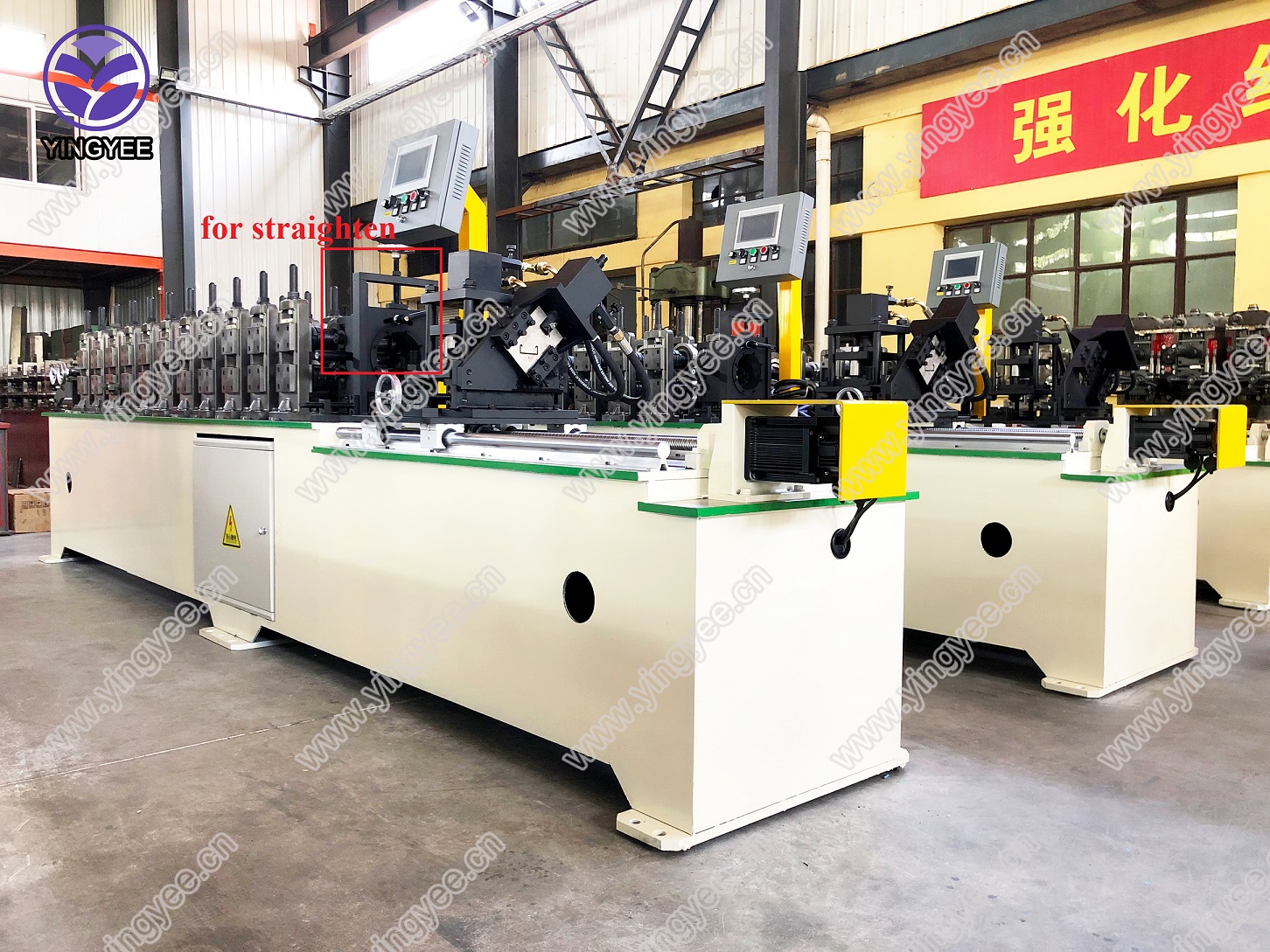
The Guardrail Spacer Cold Bending Machine An Innovative Solution for Highway Safety
In the realm of highway safety, guardrails play a critical role in protecting vehicles and their occupants from roadside hazards. These barriers are not just physical impediments; they are sophisticated safety devices designed to absorb impact and redirect vehicles, minimizing the risk of accidents. One essential component in the construction of effective guardrails is the guardrail spacer, often produced using advanced machinery. Among these machines, the guardrail spacer cold bending machine stands out as an innovative solution, enhancing both the efficiency and quality of guardrail production.
Understanding Guardrail Spacers
Guardrail spacers are the vertical components that provide the necessary distance between the guardrail and the post. They ensure that the rail maintains its structural integrity and properly functions during a collision. The design and fabrication of these spacers are crucial because they directly affect how well the guardrail can perform in terms of crashworthiness and durability. A well-designed spacer allows for optimal energy absorption in the event of an impact.
The Role of Cold Bending in Manufacturing
Cold bending is a manufacturing process that involves shaping metal without the application of heat. This technique is advantageous for several reasons. First, it maintains the material's strength and durability, ensuring that the final product can withstand significant forces. Additionally, cold bending requires less energy and generates less waste than traditional hot bending methods. As a result, the production process becomes more cost-effective and environmentally friendly.
The guardrail spacer cold bending machine utilizes this technique, allowing manufacturers to create spacers that meet exact specifications while ensuring high production rates. This machine is engineered to bend steel and other materials with precision, providing manufacturers with an efficient way to produce the necessary components for guardrails.
Key Features of the Cold Bending Machine
1. Precision Engineering One of the standout features of the guardrail spacer cold bending machine is its ability to deliver precise bends and angles. This accuracy is crucial for ensuring that each spacer fits perfectly with the guardrail and post assembly. The machine is equipped with advanced control systems that allow operators to input specific bending parameters, leading to consistent quality across batches.

2. High Production Capacity In the context of large-scale infrastructure projects, time is of the essence. Cold bending machines are designed to operate at high speeds, significantly increasing production capacity. This efficiency is particularly beneficial for manufacturers who need to keep up with the growing demand for road safety products.
3. Versatility While primarily focused on guardrail spacers, these cold bending machines can often be adapted to produce various parts for different applications. This versatility allows manufacturers to diversify their product offerings and respond to changing market needs.
4. Cost-Effectiveness By reducing waste and energy consumption through cold bending processes, manufacturers can lower production costs. This financial efficiency not only benefits the producers but can also translate to lower prices for consumers and infrastructure projects.
Industry Impact and Future Prospects
The integration of guardrail spacer cold bending machines into the manufacturing process has significantly impacted the highway safety industry. These machines have streamlined production, enhanced product quality, and ensured compliance with safety standards. As highways continue to evolve and the demand for enhanced safety measures grows, the role of such machines will become increasingly critical.
Looking ahead, advancements in technology—such as automation, robotics, and smart manufacturing—are poised to further revolutionize the production of guardrail components. This evolution will likely lead to even greater efficiencies and improved safety outcomes on highways, contributing to a future where road travel is safer for everyone.
Conclusion
The guardrail spacer cold bending machine is a vital innovation in the highway safety sector, combining precision, efficiency, and versatility to meet the demands of modern infrastructure. By enhancing the production of guardrail spacers, this technology not only supports the safe design of roadways but also contributes to the overall goal of reducing vehicular accidents and improving public safety. As technology continues to advance, the future of guardrail manufacturing looks promising, paving the way for safer roads and highways.